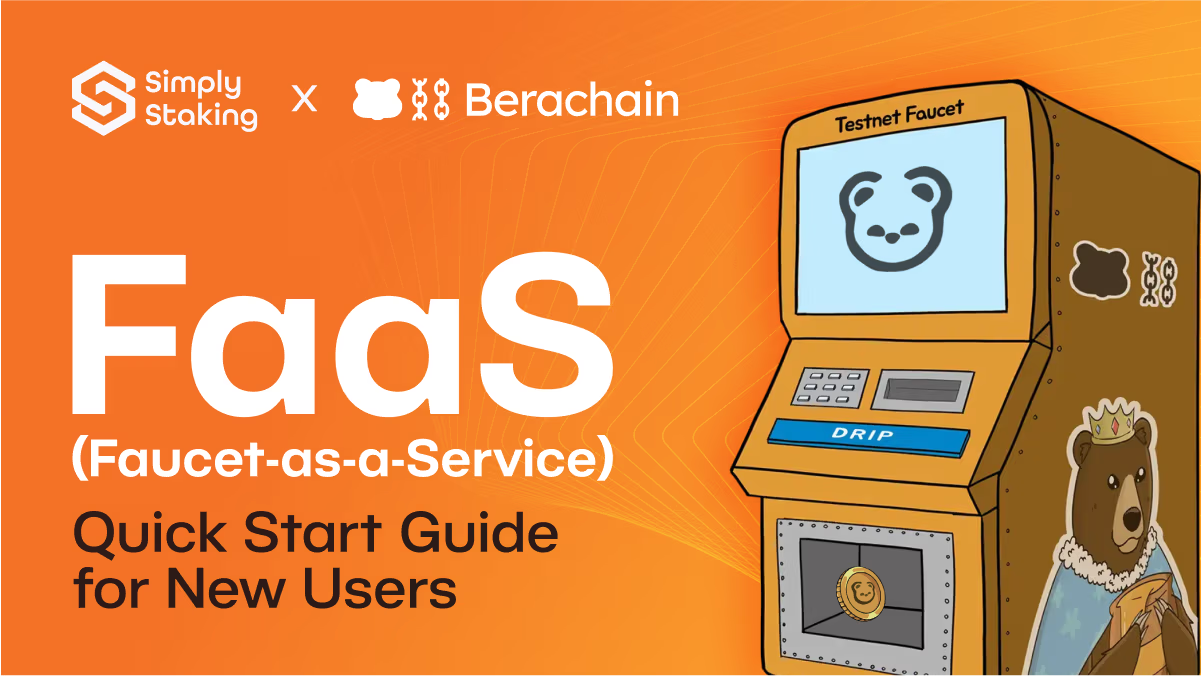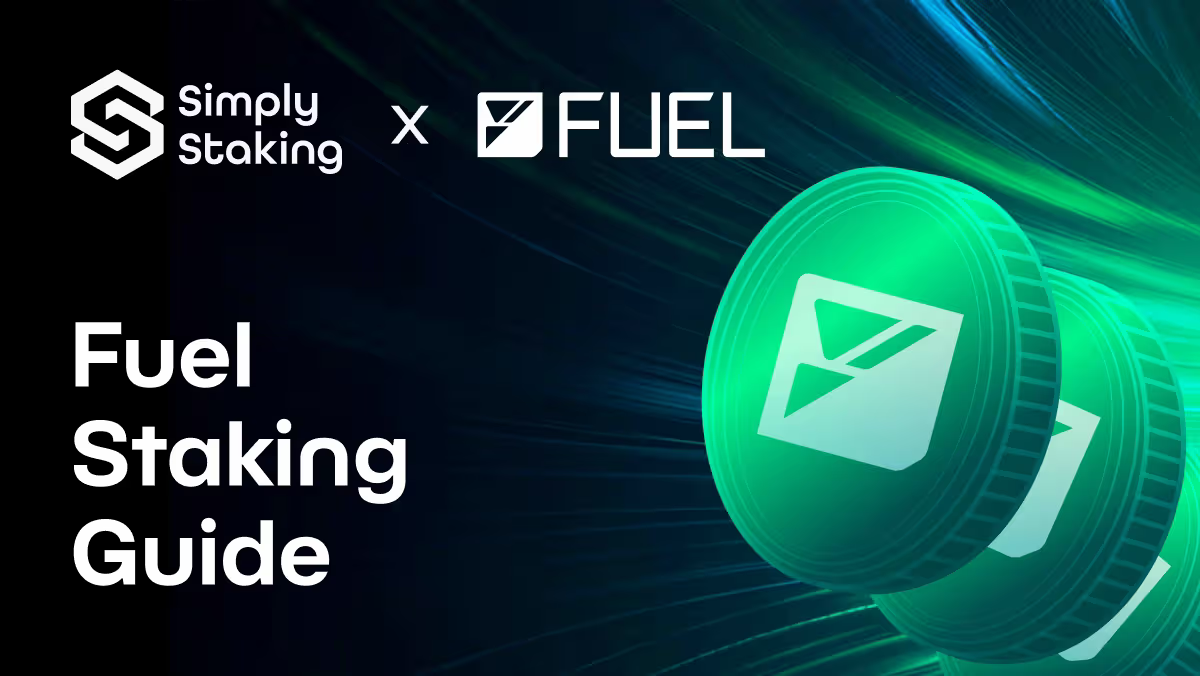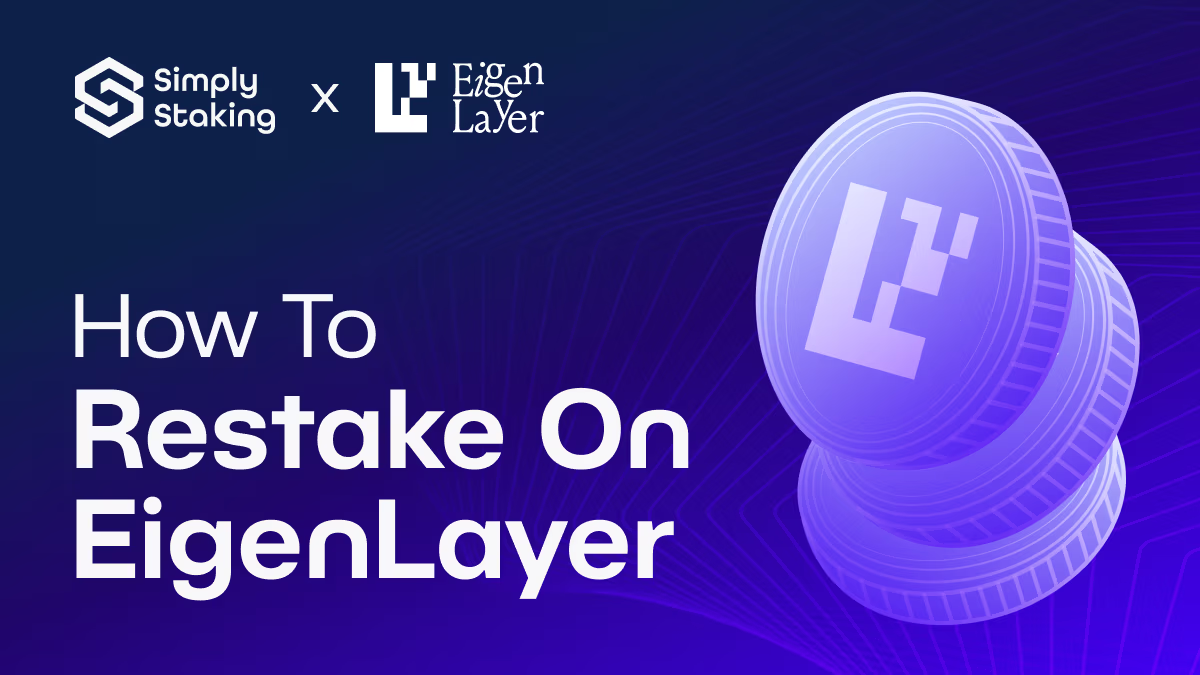
Crypto staking is a process that allows cryptocurrency holders to earn rewards by participating in the validation of transactions on a blockchain network, making it a popular way to earn rewards. In this comprehensive guide, we’ll explore what crypto staking is, how it works, and why it’s a valuable option for crypto investors, providing a clear crypto staking explained section. By the end of this article, you’ll understand how to start staking, earn rewards on your crypto, and make informed decisions about staking your assets.
01
02
03
04
05
06
07
08
09
10
11
By the end of this article, you will know the basic concept of staking.
You will know what is Crypto Staking and how Crypto Staking works.
You will be able to secure the network and - with the help of our dedicated staking guides you will be able to stake the cryptocurrencies that you want and become stakers like pro crypto investors.

A step-by-step guide to setting up and leveraging our Berachain faucet to distribute testnet tokens.
Read Guide
Crypto staking is the process of locking up your cryptocurrency in a blockchain network to support its operations, such as validating transactions and securing the network, and it’s a safe way to earn income. In return, you can earn rewards in the form of additional crypto coins. This concept is often associated with proof of stake (PoS) blockchains, which are integral to the process of staking cryptocurrency.
Staking is secure and a way for crypto holders to earn rewards without relying on energy-intensive mining, making it a more environmentally friendly option and a smart contract alternative.
Crypto staking works by allowing participants, known as validators, to lock up a certain amount of cryptocurrency. These validators are then selected to create new blocks and validate transactions on the blockchain, enhancing the consensus mechanism.
The more tokens a participant stakes, the higher the chances of being selected as a validator. Validators earn rewards for helping to secure the network and validate transactions in the cryptocurrency staking process, which can be enhanced through exchange staking and delegate staking to increase the chances of earning more.
Staking crypto offers several benefits, including the opportunity to earn passive income, support the network’s security, and contribute to the decentralization of the blockchain ecosystem, making it a safe way to earn.
Additionally, staking allows investors to put their crypto assets to work, generating rewards while maintaining ownership of their tokens.
While staking offers opportunities for earning rewards, it also comes with risks. These include potential slashing penalties for validator misconduct, market volatility affecting the value of staked assets, and liquidity concerns if assets are locked for a staking period.
To mitigate these risks, it’s essential to research the blockchain network and staking platform you plan to use.

How to Stake FUEL
Read Guide
1
Choose a cryptocurrency that supports staking, such as Ethereum or other proof of stake coins.
2
Select a staking platform or validator node to delegate your tokens effectively.
3
Transfer your digital assets to the staking platform for better management.
4
Begin staking your cryptocurrencies and monitor your rewards.

How to Liquid Stake DROP
Read Guide
Staking and mining are both methods of validating transactions on a blockchain network, but staking can offer a more stable way to earn by delegating staking power to a validator. However, staking relies on locking up tokens to earn rewards, while mining requires solving complex mathematical problems using energy-intensive hardware.
Proof of stake blockchains rely on staking, while proof of work blockchains like Bitcoin rely on mining.
Staking rewards are incentives earned by participants who help secure the network and validate transactions. These rewards are usually paid in the form of additional tokens of the cryptocurrency you’re staking, benefiting crypto stakers.
Staking rewards vary depending on the network’s protocol, the amount of tokens staked, and the validator’s performance.

How to Restake on Eigenlayer
Read Guide
Some popular platforms for staking include:
Simply Staking offers various staking services for users looking to maximize their rewards.

Decentralized platforms like The Rig provide innovative solutions for staking cryptocurrencies like Ethereum.

The ability to unstake your assets depends on the platform and network you’re using, which can affect your potential to earn crypto. Some platforms offer flexible staking with no lock-up periods, while others provide staking pools with fixed staking periods for crypto stakers.
It’s important to understand the terms before you stake your assets, especially when considering staking services.
Liquid staking allows participants to stake their tokens while still having access to a liquid version of their digital assets, enhancing their ability to utilize exchange staking. This enables stakers to earn rewards while using their tokens for other purposes.
Liquid staking is available on include options like The Rig and Lido for managing your digital assets.
Staking plays a crucial role in maintaining the security, decentralization, and stability of proof of stake blockchains through the staking cryptocurrency process. It incentivizes participants to act honestly, as malicious behaviour can result in slashing penalties, a critical aspect of staking pools.
By staking, crypto investors contribute to the overall health of the crypto ecosystem, benefiting from the best interest rates available.
No Minimums: Stake any amount without restrictions.
Expertise: Benefit from Simply Staking’s experience in operating validators across multiple networks.
Yes, Simply Staking actively participates in governance decisions across various ecosystems, representing the interests of its delegators and contributing to the development and security of the networks.

Crypto staking involves locking up tokens to support a blockchain network and earn rewards as part of a consensus mechanism.
Validators are chosen based on the amount of tokens staked.
Staking offers passive income opportunities but carries risks such as slashing, market volatility, and the potential to lose money.
Join a fast-growing community of developers and innovators connected all over the world, building the new era of the internet.

Stay Informed, Stay Connected